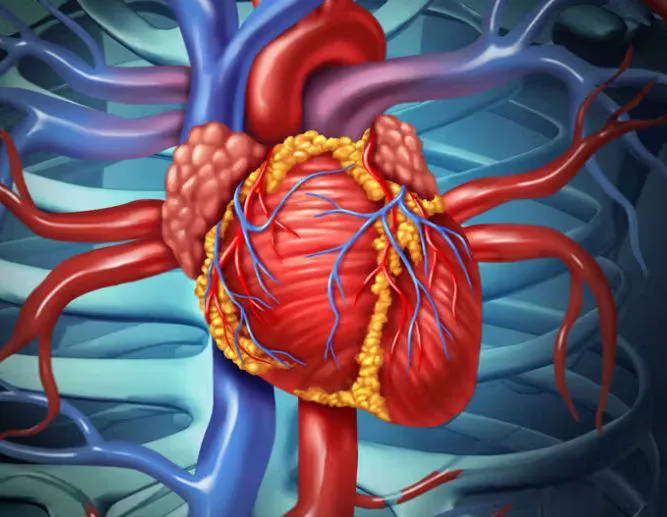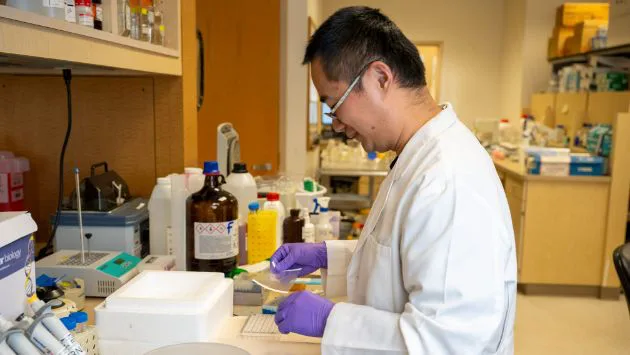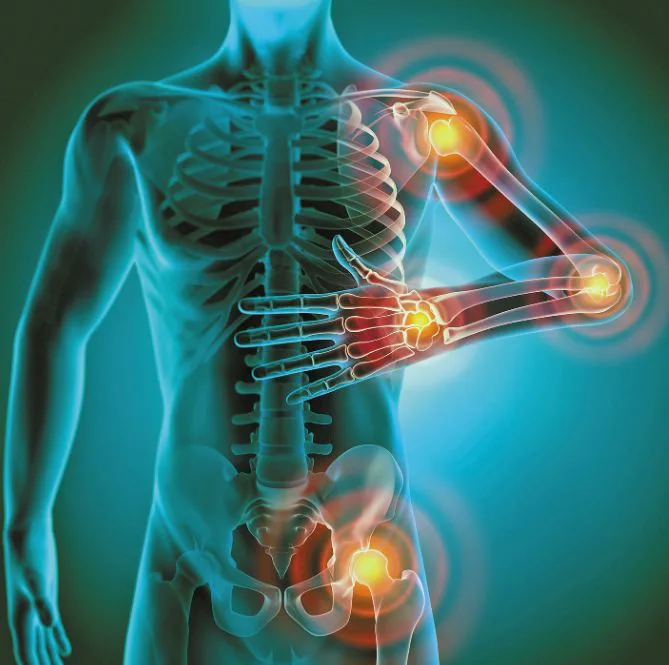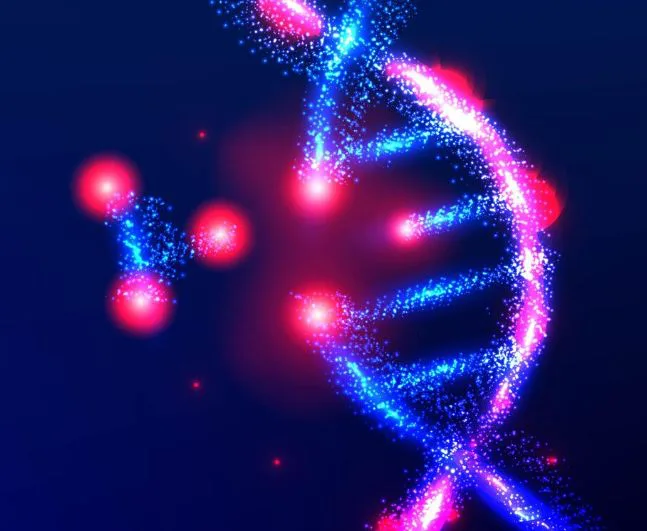
A group of scientists led by James F. Martin, has been delving deep into the intricacies of cardiac function at The Texas Heart Institute. Their objective is to illuminate the innate regenerative potential of the heart.
At a global level, the primary challenges associated with heart attacks, also known as myocardial infarctions, stem from unhealthy lifestyle choices and genetic predispositions. Also, surviving a heart attack doesn’t guarantee immunity from severe damage to the heart muscles. The cardiomyocytes are severely affected.
Lost Cardiomyocytes Pose Long-Term Risks
During a heart attack, blood flow to a part of the heart muscle is blocked, thus restricting the flow of oxygen and nutrients, which causes the death of cardiomyocytes. Consequently, the affected portion of the heart muscle becomes damaged and unable to function properly.
While current treatments for heart attacks focus on alleviating symptoms and restoring blood flow to the affected area of the heart, there remains a significant gap in addressing the fundamental issue of lost cardiomyocytes (CMs).
With the loss of cardiomyocytes due to a heart attack, the heart’s ability to function properly is compromised. And this leads to potentially serious long-term consequences such as heart failure.
Heart Repair a Collaborative Effort of Key Cell
But here is some good news! The recent study is all about finding ways to assist the heart in repairing itself. Cardiomyocyte regeneration involves an ecosystem that comprises of the following:
- cardiomyocytes –muscles responsible for the contraction and relaxation of the heart.
- immune cells – includes macrophages and T cells. They assist in defending against infection and inflammation.
- cardiac fibroblasts – responsible for producing and maintaining the extracellular matrix. This gives structural support to the heart muscle and helps regulate its function.
These cells function in sync with each other through sophisticated signaling mechanisms. Their interaction promotes the proliferation of cardiomyocytes and facilitates the effective repair of damaged heart tissue.
As per the team, understanding molecular intricacies of heart regeneration marks a crucial milestone as it can open doors for therapeutics that can stimulate cardiomyocyte (CM) regeneration. Not only the individual cells types but understanding the microenvironment surrounding these cells is also crucial to heal the injured heart.

Takeaway
As mentioned above the deeper understanding of cardiomyocytes and its microenvironment will surely improve outcomes for patients recovering from heart attacks or other cardiac conditions. By identifying these factors and understanding how they influence heart regeneration, researchers can potentially develop preventive strategies aimed at reducing the risk of heart injuries and improving overall cardiovascular health.
Additionally, this could reduce the need for donor cells and associated risks. Thus, making treatments more accessible and affordable.
It’s a game-changer that has the potential to transform countless lives for the better. Finally, we could look at a future where heart disease isn’t necessarily a dead end, but rather a hurdle we can overcome with the right medical know-how.



